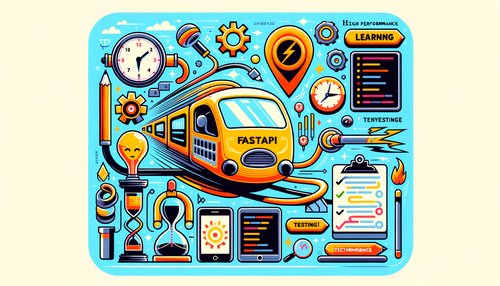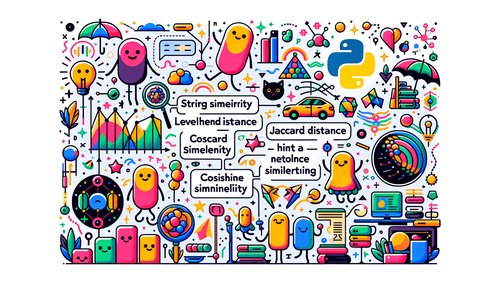Unlock the Power of Django Framework: A Guide to Starting Your Next Project
Are you looking for a way to quickly and easily create dynamic web applications? Look no further than the Django Framework. Django is a powerful, open-source Python web framework that allows developers to quickly create complex web applications with minimal code. In this guide, we’ll provide an overview of the Django framework and provide you with the resources you need to begin your next project.
What is Django?
Django is a high-level web framework written in Python. It was designed to make it easier for developers to quickly create complex web applications. Django is a Model-View-Template (MVT) framework, which means it separates the application logic from the user interface. This makes it easier to maintain and manage the codebase. It also provides a wide range of features, such as a powerful ORM, authentication and authorization, user management, and security. Django also has an extensive library of third-party packages and plugins that make it easy to extend the framework and add new features.
Getting Started with Django
The first step to getting started with Django is to install the framework. You can do this either through pip or by downloading the source code. Once you have the framework installed, you can create your first project. To do this, run the command django-admin startproject [projectname]. This will create a project folder with all the necessary files and folders for your project. You can then start writing your code in the project folder.
The next step is to create a database for your project. Django supports a variety of databases, including SQLite, PostgreSQL, and MySQL. Once you have chosen a database, you can create a database connection by adding the following code to your project's settings.py file:
DATABASES = {
'default': {
'ENGINE': 'django.db.backends.sqlite3',
'NAME': os.path.join(BASE_DIR, 'db.sqlite3'),
}
}
Once you have created a database connection, you can start creating models. Models are Python classes that define the structure of the data in your application. They are used to create the database tables and define the relationships between them. To create a model, you can use the models.Model class in the models.py file. For example:
class Person(models.Model):
name = models.CharField(max_length=200)
age = models.IntegerField()
Once you have created your models, you can create views. Views are functions that handle requests from the user. They are responsible for retrieving data from the database and rendering it to the user. To create a view, you can use the @view decorator in the views.py file. For example:
@view
def index(request):
people = Person.objects.all()
return render(request, 'index.html', {'people': people})
Finally, you can create templates. Templates are HTML files that are used to render the data to the user. To create a template, you can create an HTML file in the templates folder. For example:
<html>
<head>
<title>My People</title>
</head>
<body>
<h1>My People</h1>
<ul>
{% for person in people %}
<li>{{ person.name }} ({{ person.age }} years old)</li>
{% endfor %}
</ul>
</body>
</html>
Now that you have the basics down, you can start exploring the power of the Django framework. There are plenty of tutorials and resources online that will help you get started. With its powerful features and robust library of packages, Django is a great choice for your next project.
Recent Posts

Unlocking the Power of Terraform: Mastering Conditional Expressions for Smarter Infrastructure Automation

Unveiling the Future: Navigating the Public Interface of Apache Airflow for Streamlined Workflow Management
Apache Airflow
Mastering Workflow Automation: Unconventional Apache Airflow How-To Guides for the Modern Data Enthusiast
Apache Airflow
Mastering the Cloud: Unveiling AWS CloudFormation Best Practices for Seamless Infrastructure Management



